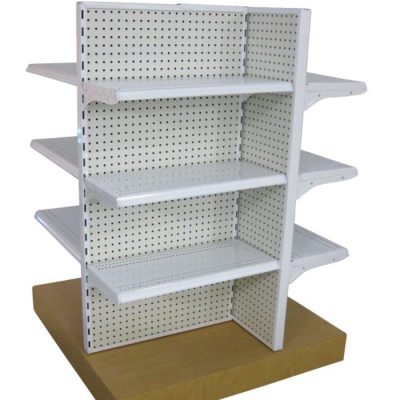As we step into unprecedented times, the trends are changing rapidly. There is no doubt that the eCommerce industry is going through a transformative change while having a dramatic effect on product presentation and display. Now the packaging of the product is more about brand engagement and marketing, which forces retailers to invest their resources in enhancing their display and packaging if they want to excel in this competitive space.

Now it is more crucial than ever to showcase your product in a unique way while highlighting its importance and benefits. Customers should be able to see the reasons why they should invest in a particular product front and centre at the point of purchase or POP. You may be offering superior quality in the market but without an engaging display, your product will fail to attract consumers and it is most likely to get lost in the sea of options at the supermarket or retail stores.
To help you understand how you can attract more consumers with POP displays, below we have mentioned everything you need to know about POP Displays:
What are POP Displays?
POP Displays or Point of Purchase displays are referred to the advertisements placed around the merchandise. The effect of a POP display depends on its placement, as locations play a crucial role here. They direct the consumer’s attention towards the product by making the product seem valuable and attractive. Basically, these POP displays serve as a way to prompt shoppers to buy the product by letting them know about its benefits.
The Types of POP Displays
POP displays are basically of four types and to make sure they are having the most effect on your consumers, you need to determine the right choice based on your product type and target audience. They are listed below:
Free-standing displays: As one of the most popular forms of POP displays, Free-standing displays are cardboard displays that come with graphic customization options and plenty of design that allows merchandisers to market their products the way they want. As the name suggests, they are stand-alone displays that attract potential buyers towards the product that helps business owners to organize and promote their products effectively.

Endcap Displays: Endcap Displays are placed at the end of the aisle that attracts the customers as they pass by, and gives them a chance to see the display and learn about the benefits of a product. These displays are among the easiest ways to help merchandisers promote their products effectively.
Dump bins: Dump bins are a kind of large stand-alone bins that display small-sized products such as candy, gadgets, toys, etc. However, these displays get disorganized pretty easily and are not as organized as free-standing displays.
Banner Stands: Banner stands are usually larger than other forms of POP displays. They are very versatile and mobile compared to others mentioned on the list. Their size may be bigger but they are very easy to display and move around the store. One more thing that makes these displays different from others is that they don’t hold the product but only advertise them.
The Importance of POP Displays
POP displays offer a great way to optimize sales space for retailers and therefore they are a highly preferred type of advertisement. They also serve merchandisers by attracting consumer attention and increasing sales revenue by educating the customers about the product’s benefits and importance. The information mentioned on the POP displays convinces customers to buy them and also makes them aware of our brand.
You can also build your brand reputation with these displays by using brand-friendly graphics and logos.
Atlantic Packaging offers innovative packaging solutions using a sustainable approach. As a leader in offering affordable yet high-quality packaging to their clients, they are focusing on offering customer satisfaction by understanding their needs. Get in touch with Atlantic Retail Packaging Solutions today for more information!
Interesting Related Article: “What is a marketing strategy? Definition and examples“

